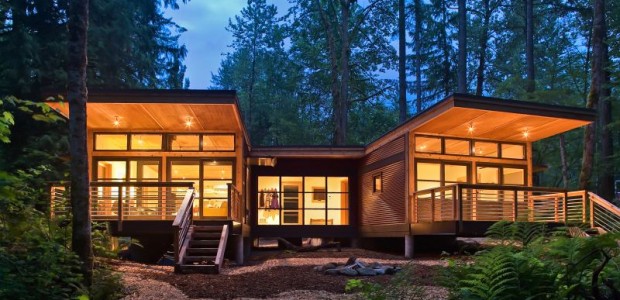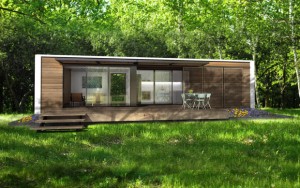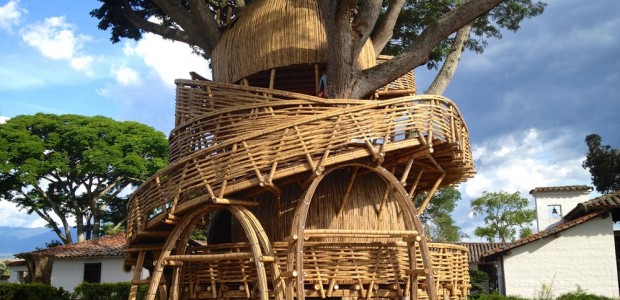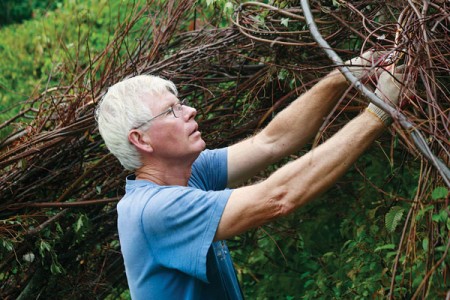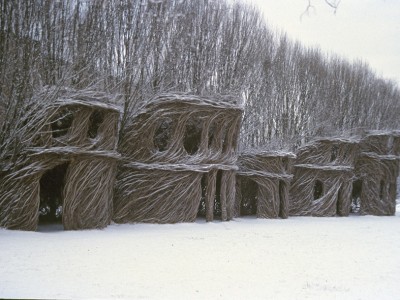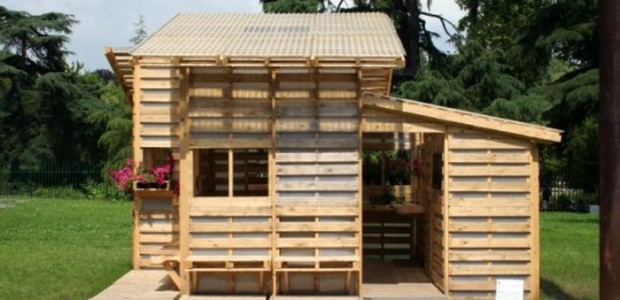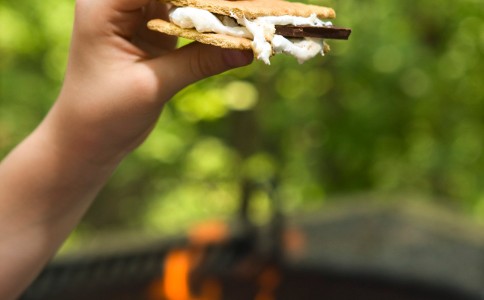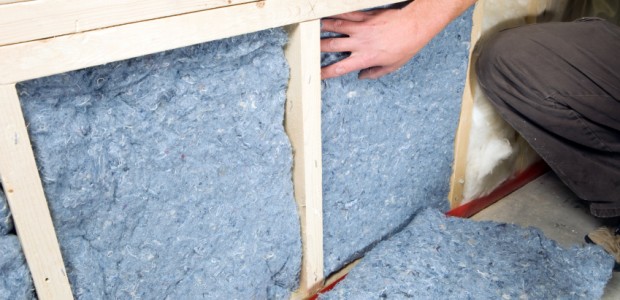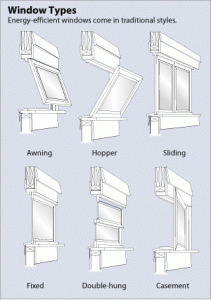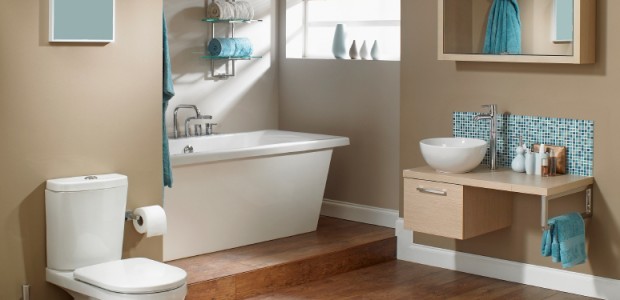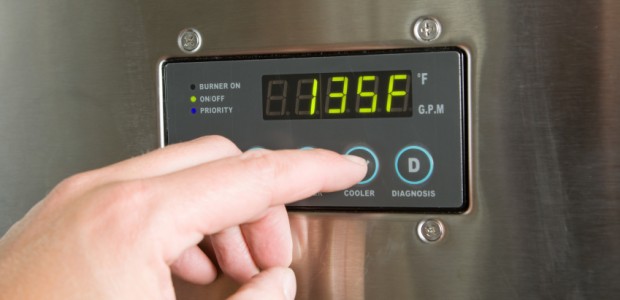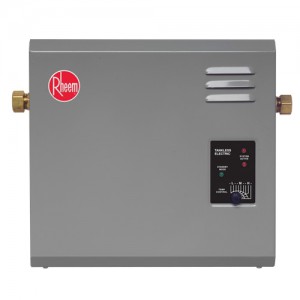So you’ve come a long way into educating yourself about recycling. Suddenly, you get the feeling that it is time to discuss this topic with your children. Recycling is a matter of raising awareness about the impact we have on the world we inhabit. If our goal is to create sustainable change, then change has to be transmitted to next generations. Thankfully for us, kids are more than willing to learn about planet earth and how to take care of it. So it is just a matter of finding the right approach. Let’s discuss some ideas.
Arrange a Field Trip
Even though it may require a little planning, a field trip to a recycling facility is a great way for kids to become acquaintance with the whole idea. Besides, meeting professionals and workers at a recycle center will certainly boost their interest in the topic. Remember that kids of all ages are interested on seeing and experiencing things for themselves, so a “hands-on” experience will always work wonders with them.
Start your own recycling project with them
Another great “hands-on” experience for the children is to start a recycling project at home. So why not taking a weekend off to spend some quality time doing something incredibly gratifying like recycling paper with them. There are plenty of tutorials over the internet to draw ideas from. I assure you that kids will love the idea of creating something new out of old waste paper.

Invent recycling games
Set up some games to educate your kids on recycling issues. Get creative and remember to focus on the experience. Allow them to be the recycling experts for a day or turn them into the ultimate recycling superheroes. Some ideas for you to experience with are to create games related to sorting garbage items, making organic composts and dumping the right kind of waste on the right kind of bin. And always give away prizes, and treats!
Discuss with your children on how waste affects nature
Be honest with them about the current environmental situation. Talk to them about the changes our planet is going through and our responsibility as humans in reverting this process. Educate them about contamination and how human waste has a profound effect on planet earth. Help them realize how recycling can lead to positive environmental changes.
Empower them
Information is power. Education is power. Awareness is power. Do not underestimate your children’s potential to become change agents. Empower them to take active part in every possible way they can. They’ll be more than willing to do so.
Recycling can be fun and games but it can also be a powerful transformation tool in our homes, our schools and communities. Don’t be afraid to raise awareness. As Gandhi once said: “Be the change you want to see in the world”. Encourage your kids to live under the same principle and keep change going!

